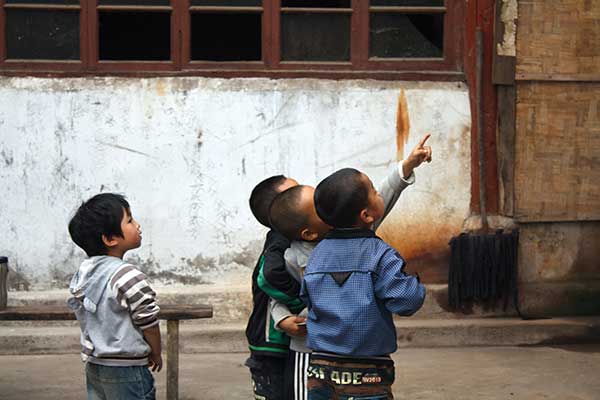What is China's new Three-Child Policy?
China’s Communist Party said on Monday (31 May 2021) that there will be a major policy shift to allow couples to have 3 children, up from 2 children announced in 2016.
The woes of ageing population have further deepened in China in recent years. It is hoped that the three-child policy, complemented with other supportive measures for couples will increase the slowing the birth rates and improve China’s ageing demographic structure.
Two-Child Policy met with little success
Beijing authorities have loosened the family planning policy in recent years, including a two-child policy in 2016. However, the measures have failed to stop the declining birthrate.
In 2016, the number of births was 17.86 million and it slowed to 17.23 million in 2017, 15.23 million in 2018, 14.65 million in 2019. The number of births in 2020 is forecasted to be as low as 10.035 million.
Supportive measures
Other supportive measures that may be implemented include:
- improving the maternity leave and maternity insurance system for organisations
- providing housing support
- protect the rights of women in the workplace
Implications for Singapore and the world
Any changes in the demographic structure of China will impact the rest of the world.
China’s economy has grown rapidly over the decades and Singapore’s economy is one of the most dependent on China. The declining birthrate and ageing population will inevitably shrink the working population and slow the economic growth of China




















